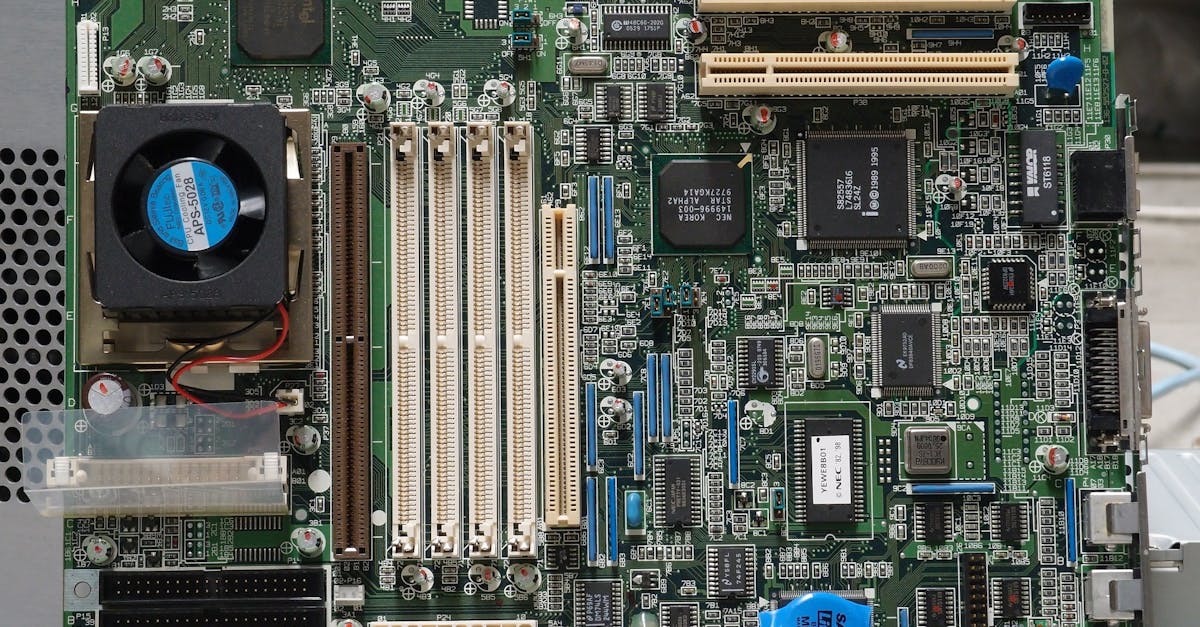One of the biggest losers as of today's afternoon session is semiconductors company Advanced Micro Devices, whose shares are down -3.2%, underperforming the Nasdaq by -4.0%.
At $125.12, AMD is 13.45% above its average analyst target price of $110.29.
The average analyst rating for the stock is buy. AMD underperformed the S&P 500 by -4.0% so far today, but outpaced the index by 32.0% over the last year with a return of 48.5%.
Advanced Micro Devices's trailing 12 month P/E ratio is 658.5, based on its trailing EPS of $0.19. The company has a forward P/E ratio of 30.3 according to its forward EPS of $4.13 -- which is an estimate of what its earnings will look like in the next quarter. As of the first quarter of 2023, the average Price to Earnings (P/E) ratio of US technology companies is 27.16, and the S&P 500 average is 15.97. The P/E ratio consists in the stock's share price divided by its earnings per share (EPS), representing how much investors are willing to spend for each dollar of the company's earnings. Earnings are the company's revenues minus the cost of goods sold, overhead, and taxes.
AMD’s price to earnings ratio can be divided by its projected five-year growth rate, to give us the price to earnings, or PEG ratio. This allows us to put its earnings valuation in the context of its growth expectations which is useful because companies with low P/E ratios often have low growth, which means they actually do not present an attractive value.
When we perform the calculation for Advanced Micro Devices, we obtain a PEG ratio of 5.05, which indicates that the company is overvalued compared to its growth prospects. The weakness with PEG ratios is that they rely on expected growth estimates, which of course may not turn out as expected.
To understand a company's long term business prospects, we must consider its gross profit margins, which is the ratio of its gross profits to its revenues. A wider gross profit margin indicates that a company may have a competitive advantage, as it is free to keep its product prices high relative to their cost. After looking at its annual reports, we obtained the following information on AMD's margins:
| Date Reported | Revenue ($ k) | Cost of Revenue ($ k) | Gross Margins (%) | YoY Growth (%) |
|---|---|---|---|---|
| 2022-12-31 | 23,601,000 | 12,998,000 | 44.93 | -6.88 |
| 2021-12-31 | 16,434,000 | 8,505,000 | 48.25 | 8.35 |
| 2020-12-31 | 9,763,000 | 5,416,000 | 44.53 | 4.51 |
| 2019-12-31 | 6,731,000 | 3,863,000 | 42.61 | n/a |
- Average gross margin: 45.1%
- Average gross margin growth rate: 1.3%
- Coefficient of variability (higher numbers indicating more instability): 5.2%
We can see from the above that Advanced Micro Devices business is not strong and its stock is likely not suitable for conservative investors.
Advanced Micro Devices's financial viability can also be assessed through a review of its free cash flow trends. Free cash flow refers to its operating cash flows minues its capital expenditures, which are expenses related to the maintenance of fixed assets such as land, infrastructure, and equipment. Over the last four years, the trends have been as follows:
| Date Reported | Cash Flow from Operations ($ k) | Capital expenditures ($ k) | Free Cashflow ($ k) | YoY Growth (%) |
|---|---|---|---|---|
| 2022-12-31 | 3,565,000 | -450,000 | 3,565,000 | 1.25 |
| 2021-12-31 | 3,521,000 | -301,000 | 3,521,000 | 228.76 |
| 2020-12-31 | 1,071,000 | -294,000 | 1,071,000 | 117.24 |
| 2019-12-31 | 493,000 | -217,000 | 493,000 | n/a |
- Average free cash flow: $2.16 Billion
- Average free cash flow growth rate: 64.0%
- Coefficient of variability (lower numbers indicating more stability): 74.5%
Free cash flows represents the amount of money that is available for reinvesting in the business, or paying out to investors in the form of a dividend. With a positive cash flow as of the last fiscal year, AMD is in a position to do either -- which can encourage more investors to place their capital in the company.
Value investors often analyze stocks through the lens of its Price to Book (P/B) Ratio (its share price divided by its book value). As of the first quarter of 2023, the mean P/B ratio of the technology sector is 6.23, compared to the S&P 500 average of 2.95. The book value refers to the present value of the company if the company were to sell off all of its assets and pay all of its debts today - a number whose value may differ significantly depending on the accounting method. Advanced Micro Devices's P/B ratio is 3.68, telling us that the market value of the company exceeds its book value by a factor of 3, but is still below the average P/B ratio of the Technology sector.
As of first quarter of 2023, Advanced Micro Devices is likely fairly valued because it has an inflated P/E ratio, a lower P/B ratio than its sector average, and a pattern of improving cash flows with an upwards trend. The stock has poor growth indicators because of its weak operating margins with a negative growth trend, and an inflated PEG ratio. We hope this analysis will inspire you to do your own research into AMD's fundamental values -- especially their trends over time.


